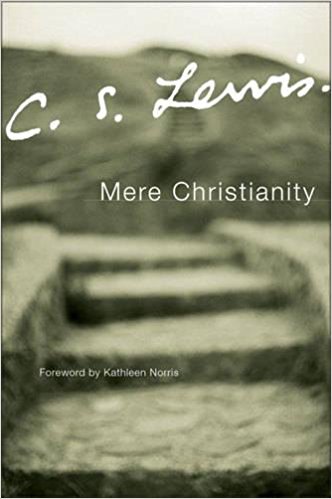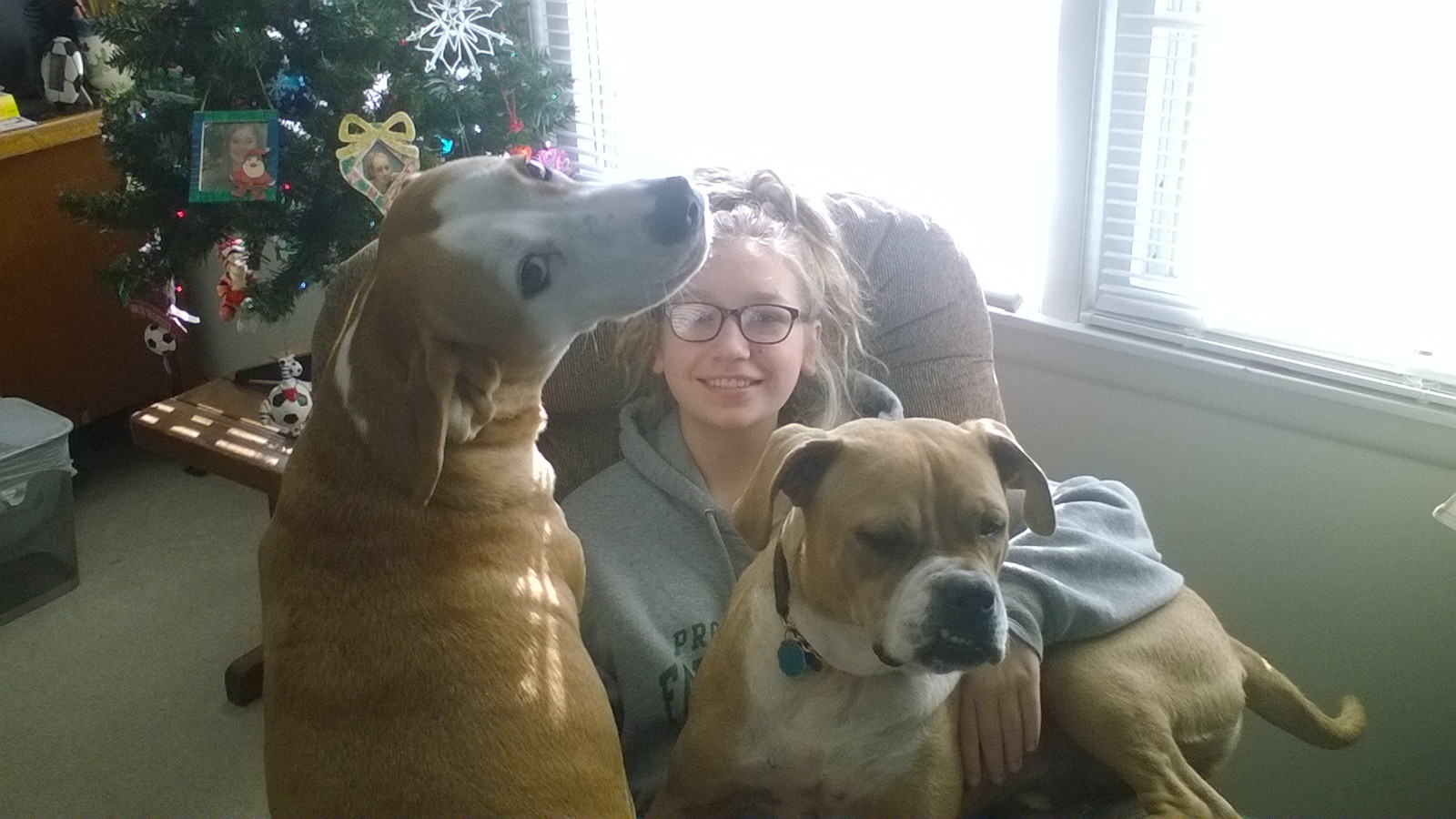RLL 16: 8 Great Books for 2018
Happy Sunday, everyone! Most people have already begun (and many have also already failed at) their New Year’s resolutions, so I thought instead of resolutions I would give you a quick update on recommended reading for this upcoming year. The good news is that it’s never too late to get started reading excellent books, so it’s a great way to not fail at your resolutions (for more info on how to do better at setting/reaching goals, etc, check out the excellent work being done by Michael Hyatt and Jon Acuff).
So, below is a brief list of books I recommend for 2018. They are of different genres, but the two things that tie them together are: 1) I am recommending them only because I have read them and found them valuable, not because I just *think* they would be good books to read; and 2) they all contain encouraging information about both life and leadership that I think everyone will find valuable and helpful. They are not listed in any particular order (i.e., which I like best, or which are easiest to read, etc), they’re just all excellent books that I recommend to people all the time. If you’ve already read one or more of them, I would LOVE to hear what you think about the ones you’ve read. If you haven’t, then let me know when you have and we’ll talk about what you learned. So, without further adieu, here’s the list!
1) ‘Steal the Show’ by Michael Port
I have been a high school history teacher for over a decade, so I am no stranger to being in front of a group of people and presenting information. Even for me, Michael Port’s book ‘Steal the Show’ is a treasure-trove of information about the art and craft of speaking and presentation-giving. It contains clear directions, helpful tips and exercises, and also activities for helping you practice and gain confidence for any and every situation in which you have something on the line. In doing so, it also contains insights into leadership, such as helping us to see why communication is so important and how we can become better at precise communication. As the back cover says, “Confident communication is a skill, and anyone can learn how to do it.”
2) ‘Mere Christianity’ by C.S. Lewis
In addition to history I also teach high school Bible, and I have used this as one of my textbooks for Bible class for the past five years. One of the classic works of the 20th century, ‘Mere Christianity’ was originally conceived of as a series of radio talks given by C.S. Lewis to the British public during World War II. Lewis articulates many valuable truths to the readers (as he did his listeners) through a blend of word-pictures, humor, and wit. Whether you are a Christian or not, this book also contains amazingly important information about human nature and relationships, about why we think the way we do, and about how important it is to examine our motives, thoughts, and actions. “If I find in myself a desire which no experience in this world can satisfy, the most probable explanation is that I was made for another world.”
3) ‘The Hobbit’ by J.R.R. Tolkien
Until I was in college, I wanted nothing to do with what I considered “nerd-books” (read: sci fi/fantasy novels, etc). But I was very blessed in my sophomore year of college in that I had a scholarship which paid for me to attend Oxford University (in the U.K.) for a semester. While there, I began reading JRR Tolkien and CS Lewis for the first time, since both had been at Oxford for much of the 20th century. In short: I fell in love with their work and have never looked back. ‘The Hobbit’ is an adventure story, full of exciting action, magic, and humor. It is also full of amazing wisdom and insight into human (hobbit, really) nature. I read this book to my children when they were younger, and it is one that I re-read every year. If you have always thought, “Yeah, those kinds of books just aren’t for me,” that’s ok. Give it one more try. “If more of us valued food and cheer and song above hoarded gold, it would be a merrier world.”
4) ‘Gates of Fire: An Epic Novel of the Battle of Thermopylae’ by Steven Pressfield
This book is the story of the amazing Battle of Thermopylae, in which a small group of around 300 Spartan warriors held off a force of 2,000,000 (yes, you read those numbers correctly) Persian invaders. The story itself is incredible, and this book is written not as a history book, but as a novel, telling the story from the point of view of two main characters. It is a fascinating look into life in ancient Greece, but more importantly it contains extremely valuable information about traits of leadership, the importance of overcoming one’s own limitations, and the power of self-sacrifice in leadership. “The supreme accomplishment of the warrior: to perform the commonplace under far-from-commonplace conditions.”
5) ‘Tuesdays with Morrie’ by Mitch Albom
When I was a teenager, my dad had me watch this movie with him one weekend, and at the time I did not come close to appreciating how amazing it was. Last year, at the age of thirty-four, I got around to reading the book after picking it up at a yard sale, and I immediately felt a sense of regret that I had not paid more attention to the lessons Dad was trying to get me to see when I was younger. This book is powerful, insightful, touching, encouraging, joyous, and heart-breaking. It explores human nature, leadership, relationships, and love. I wrote about it more extensively in the second-ever RLL blog post (https://www.speakerjoel.com/real-life-leading-blog/j43ey4e8enp3btlw92gyw857xyam4w), and I still feel just as strongly about it. “That’s the thing, you see. Once you get your fingers on the important questions, you can’t turn away from them.”
6) ‘Out of the Blue’ by Orel Hershiser
My dad was a huge Los Angeles Dodgers baseball fan, and Orel Hershiser was one of those athletes that Dad always told me I should pattern myself after due to his character, not just his athletic ability. Hershiser is what Dad called a “classy player,” who showed respect to his opponents regardless of the situation or circumstances. That ‘class’ comes across in this book as well, which is mostly the story of the 1988 LA Dodgers season (in which the Dodgers won the World Series and Hershiser won the World Series MVP award), but it also is the story of Hershiser’s upbringing and his life off the baseball field. In the book, Hershiser is honest, humble, and self-reflective, and he shares much valuable information with the readers. I recommend this book to all baseball fans and also to anyone who simply enjoys a good read. “The most important thing is doing the right thing the right way and letting the results take care of themselves…”
7) ‘The Messiah Method’ by Michael Zigarelli
I am a high school coach and former college player, and so I’m always looking to improve my coaching. One of my former college teammates who is also a coach (and far more accomplished than I am) recommended this book to me a few years back, and I owe him a huge debt for doing so (Thanks, Cush!). Messiah College in Pennsylvania has a soccer program that is the best in the country on both the men’s and the women’s sides. Their record of winning games and championships is incredible, and in this book Michael Zigarelli (himself a Professor of Leadership and Strategy at Messiah and a high school soccer coach) looks at the seven disciplines that Messiah has followed to create such an amazing program, regardless of changes in coaching staff. The book is not about coaching soccer as much as it is about creating a specific type of culture and atmosphere within this college community, and thus the lessons are applicable at high schools as well as in businesses and in the corporate world. Their success speaks for itself, but so does the testimony of one former player, which captures the incredible atmosphere and culture at Messiah: “I’d rather sit on the bench at Messiah than start anywhere else.” How many organizations have a culture that would inspire that type of attitude?
8) ‘Wooden: A Lifetime of Observations and Reflections’ by John Wooden
This is a book my dad gave me for my 15th birthday, and I cannot remember how many times I have read it and referenced it. John Wooden is the legendary UCLA men’s basketball coach (back when coaches were also often still teachers, even at giant universities like UCLA) who is, even today, widely considered one of the greatest-ever coaches in any sport, at any level. He also was incredibly humble and kind, generous and caring. This book is a wonderful collection of thoughts, short stories and anecdotes, as well as lessons learned (and taught) through Coach Wooden’s life and career. It is inspirational, encouraging, challenging, and uplifting all at the same time. “Make each day your masterpiece.”
Action Step: Pick one of these books and read it! Then, let me know what you think about it.
As always, thanks for your time, and I look forward to hearing from you! Let me know what you think about the list, and I would LOVE to discuss any and all of these books with you in the future. Have a great Sunday!
Walk Worthy,
Joel













